Review of 'Cavellna: Cave Farmers', a board game based on a miniature garden where the whole family develops farmland and caves

'Cavellna: Cave Farmers ' is a miniature garden board game in which each player develops their own forests and caves while advancing the game.
Kaverna: Cave Farmers Japanese Version
https://hobbyjapan.co.jp/caverna/
Kaverna: The package of the cave farmers looks like this.
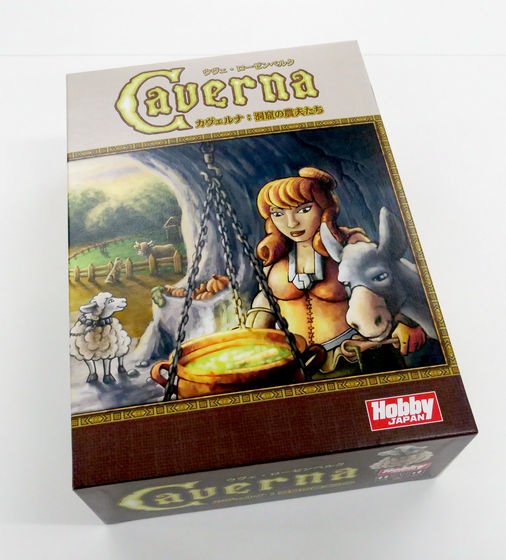
The number of players is 1 to 7, the playing time is the number of players x 30 minutes, and the target age is assumed to be 12 years old or older.
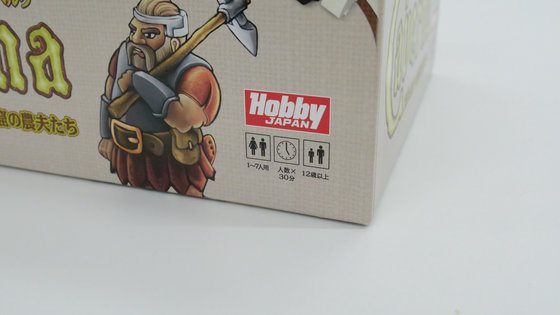
There are two types of rule manuals. The one on the left describes the basic rules, and the one on the right describes the effects of tiles and cards.
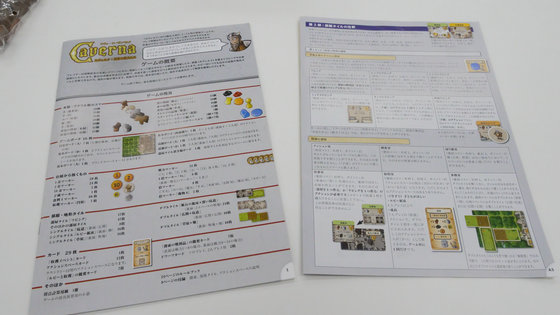
The basic rule manual says, 'This game can be played by up to 7 people, but when playing for the first time, we recommend playing with 5 or less people. That will reduce the waiting time.' The advice from the author of was written.
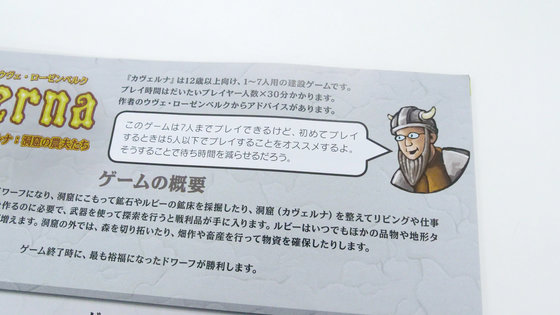
Inside are tokens, panels and cards. In the image below, the tokens and panels are already divided into small pieces and organized, but in reality it is necessary to remove them from the cardboard first. Since the amount and types of tokens and panels are enormous, it is recommended that you prepare your own storage bag in advance.
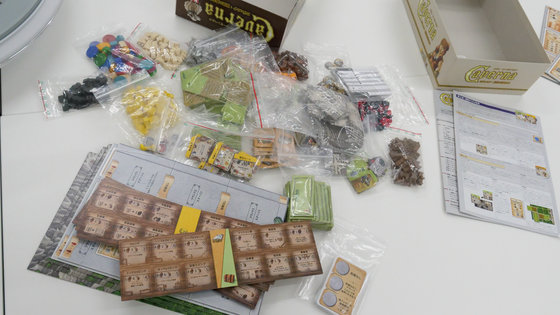
The player board looks like this. The left side is a forest and the right side is a cave. The forest has not been logged and is overgrown with trees, and the cave has not been dug at all except for the entrance 2 squares.

The action panel used during the game looks like this.
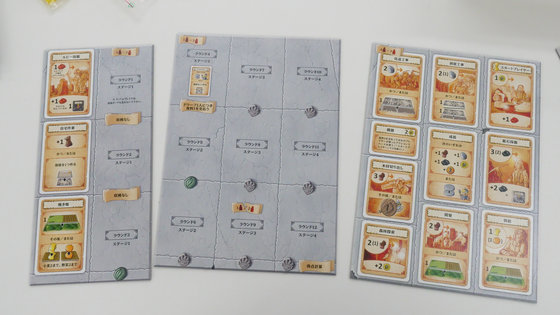
The action panel used will change depending on the number of people.
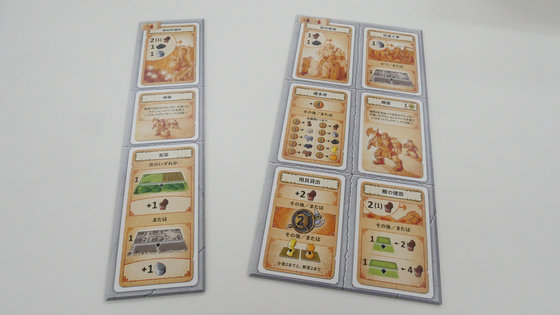
And a board to put the room panel.

Cards such as action cards and quick reference tables used in the game.
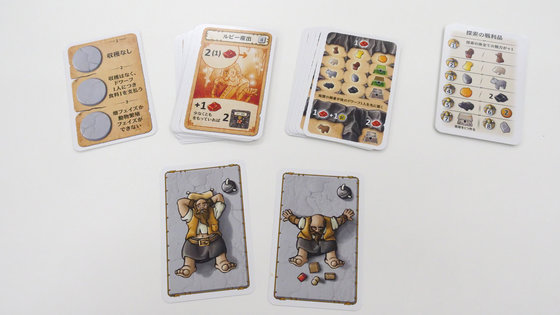
Memo for score calculation
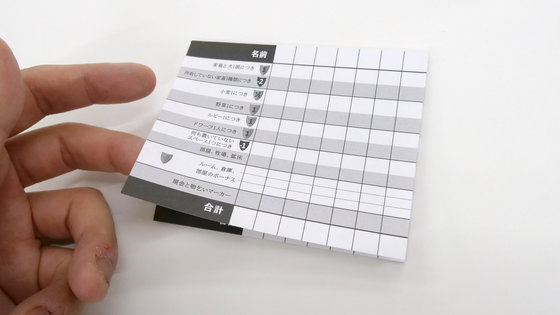
◆ Preparation for the game
This time I played with 4 people. First of all, we will distribute two types of cards, which will be a quick reference table, to each player, one for each player.
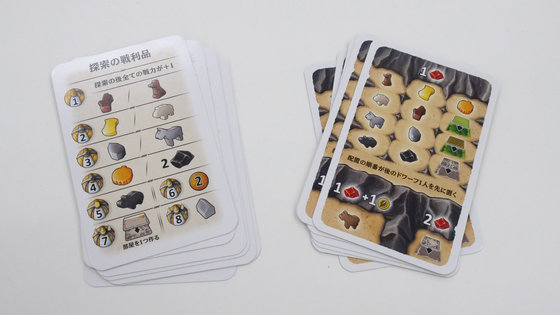
In addition, a player board will be distributed to each player, and two disc-shaped dwarf tokens will be placed in the square labeled 'Entrance Hall'.
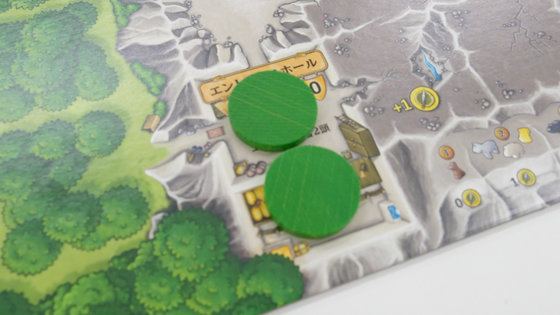
The action panel for 4 players is placed in the center of the table as shown below.
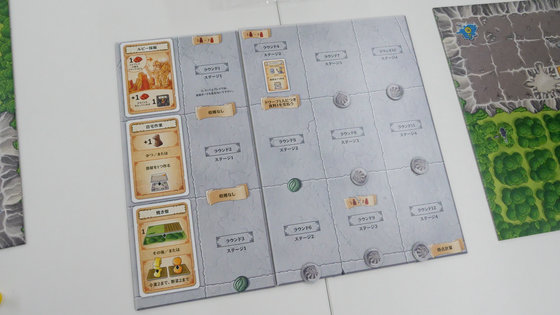
The action cards are numbered from 1 to 4, and after dividing each number, shuffle each one and prepare a deck by stacking them in order.
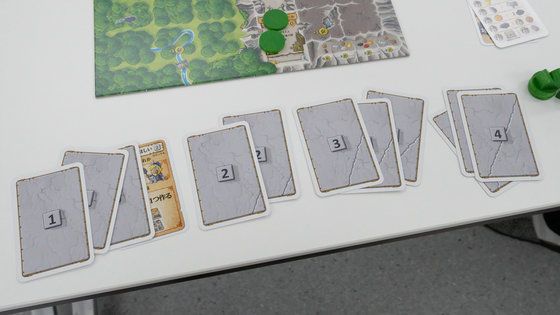
Place the panel on the player board in a place that is easy to take.
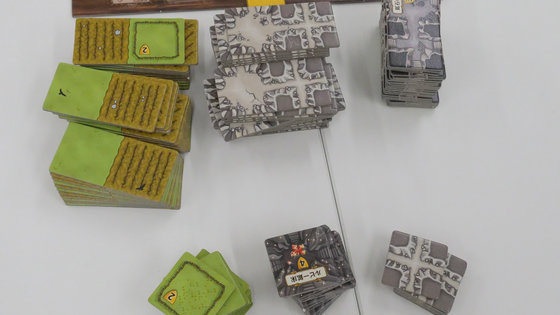
Depending on whether the front or back of the room panel layout board is used, it is divided into the 'introductory version' and the 'complete version', and the complete version uses more room panels. Below is the full version of the room panel.
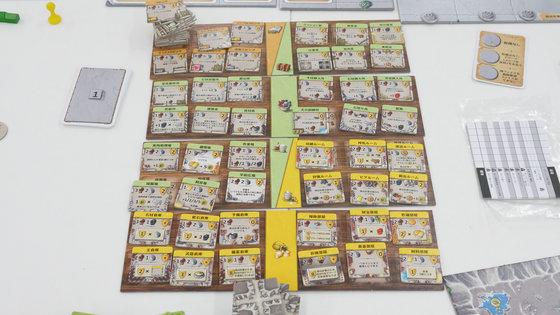
◆ I tried playing with 4 people
At the beginning of the round, flip one action card from the deck and place it on the action panel.
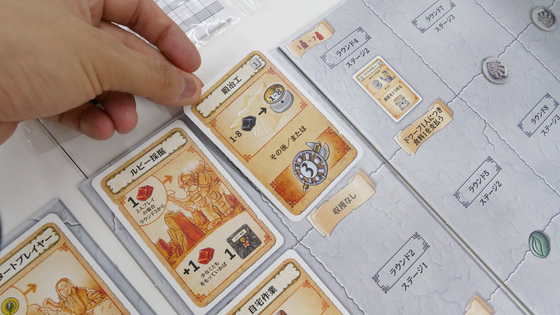
The action panel has a 'cumulative space' with the type and number of materials and arrows, and arranges the specified number of materials.
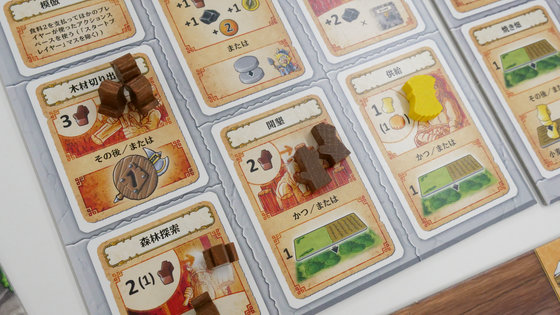
Materials are literally 'cumulative', so the specified material will be added to the cumulative space for each round of the game.
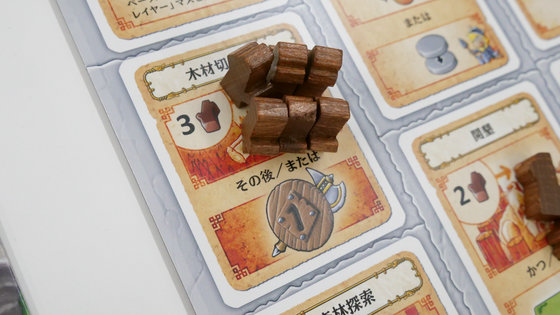
In addition, there are many types of material tokens, and you will have to go back and forth on the table violently during the game. It is recommended to put the materials on a flat plate and make it easier for all players to manage the tokens, as it will greatly reduce the play time.

When it's your turn, each player takes one dwarf token on the player board and places it anywhere on the action panel. For example, if you place a dwarf token on the action panel of 'Clearing', you will get 2 pieces of wood on the panel.
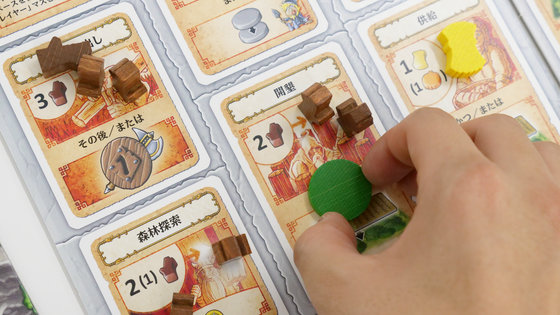
In addition, field and grassland panels can be placed in the forest area. The panels should be placed so that they connect from the entrance hall.
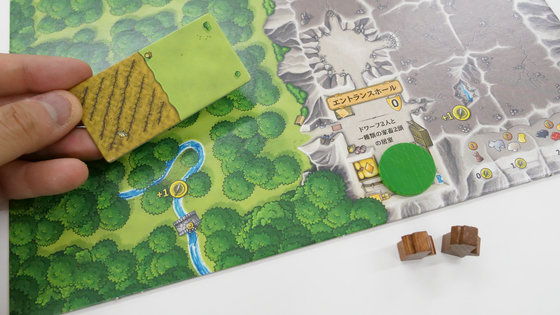
By carving out forests and turning them into grasslands and fields, you will be able to raise livestock and grow crops. For example, if you get a ranch panel by the effect of the action panel with two grasslands connected ...
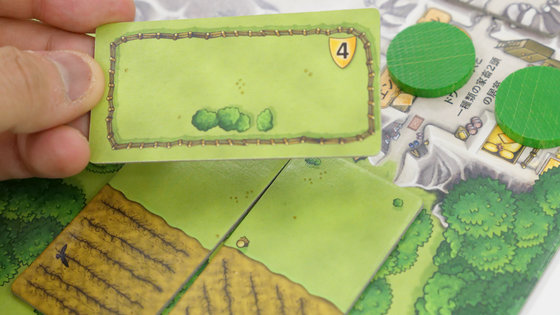
Livestock can be kept in the ranch.
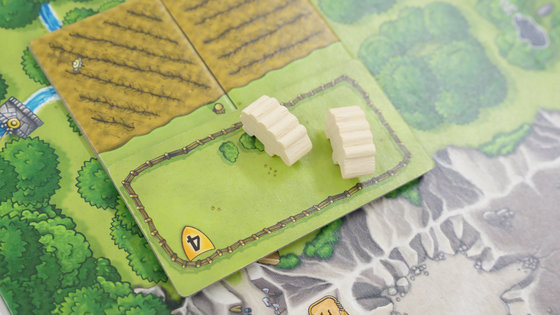
Only one dwarf token can be placed for each turn. There are two dwarf tokens that can be used in the initial state, so one round will end when the turn is two laps. The second token is placed in 'Mine Works'. Get two stones ...
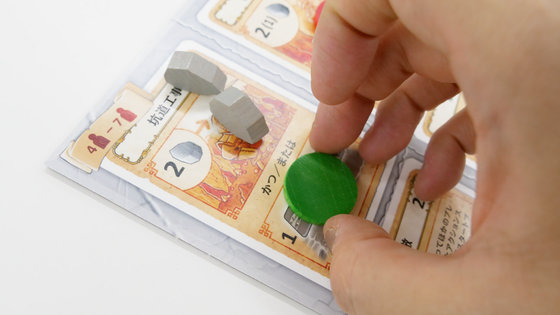
In addition, the following panels are installed in the cave part. The left side of the panel is the 'hall' and the right side is the 'mineway'.
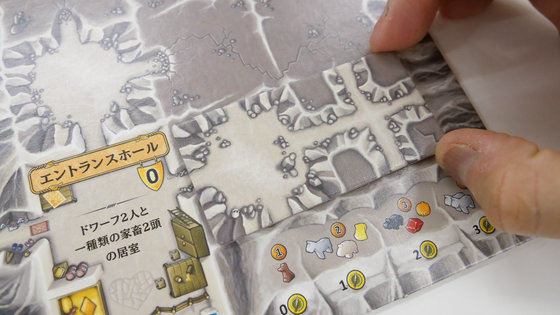
The 'hall' is the space needed to create a room. You can create one room with the effect of the action panel ...
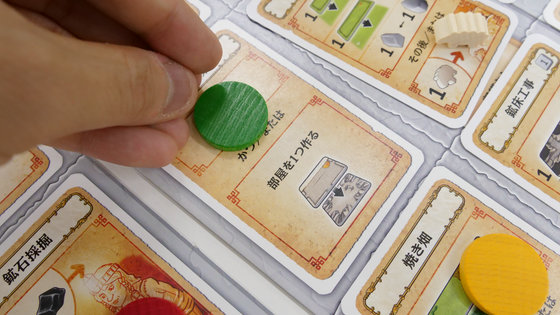
Acquire your favorite room panel and place it in the 'hall' of the player board. Since various effects and points are set for the room panel, it is important to dig up the cave and arrange the room panel. However, you will have to pay for the installation of the room panels. In order to arrange a lot of rooms, you have to collect materials such as stone and wood.
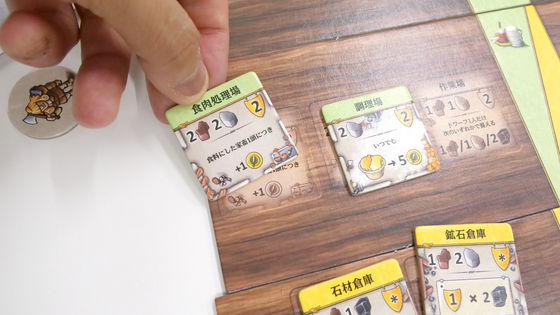
Also, dwarves cannot live without eating, so not only materials but also food is important. Basically, each dwarf consumes 2 foods, so if you have 2 dwarves, you will have to pay 4 foods at the end of the round.
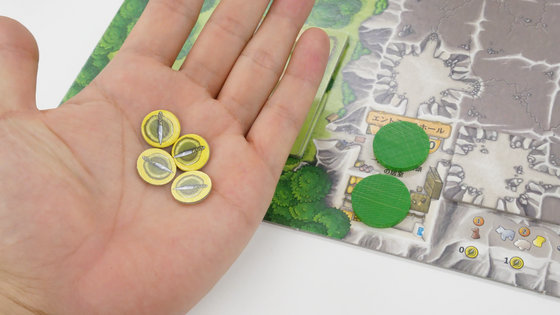
To get food, you need to convert the crops and livestock you grow into food. For example, the following is a wild boar token.
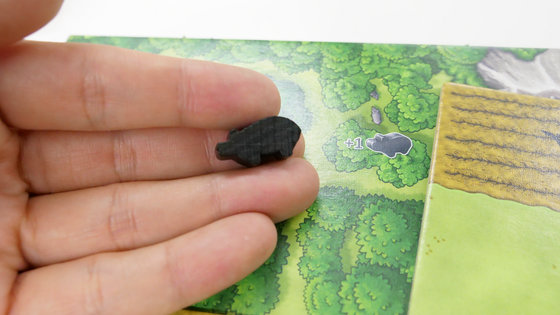
Wild boar can be processed into two foods. You can turn crops and livestock into food at any time during the game.
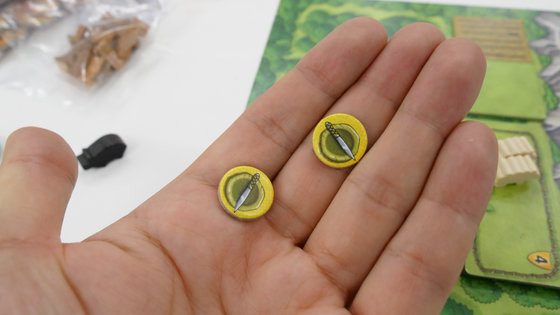
Also, the rubies you can get in the game are ...
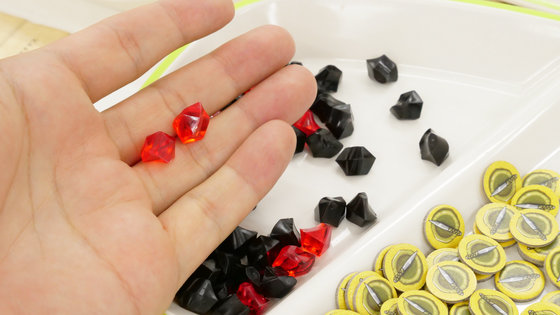
An important item where you can get materials, crops, livestock, panels, etc. Ruby can be processed into two foods, so it can be used as a material in case of trouble.
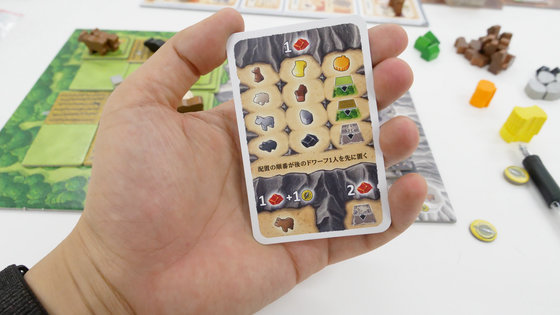
Dwarves can do more than just farming, livestock and cave mining. For example, the 'deposit construction' with the number '2' drawn below is an action panel that allows you to search.

Dwarves can be armed by the effects of action panels, and armed dwarves wear helmets with numbers on them. If you place this '6' dwarf in the deposit work ...
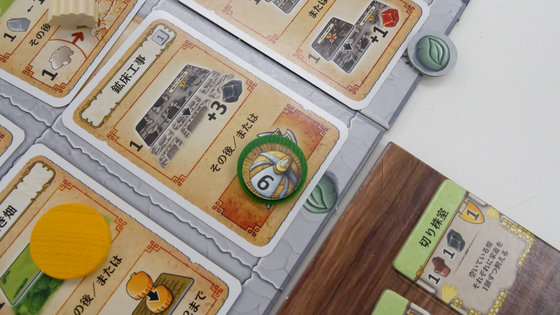
You can get up to 2 materials and livestock of 6 or less with the quick reference table at hand. However, you cannot get more than one of the same type. This time, after converting the wood, I got a wild boar.

And with the effect of 'adding one food for each livestock used as food' in the 'slaughterhouse' that was set up earlier ...
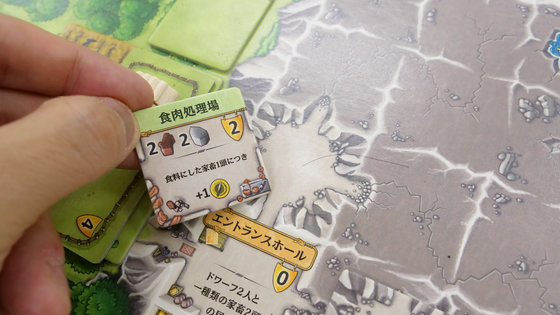
Process one sheep you had and the wild boar you got into food, and get a total of five foods.

As the food supply has become stable, we will increase the number of dwarves with the effect of the action panel 'Family Life'. Increasing the number of dwarves will add more dwarf tokens that can be used, and more actions can be selected for each round. However, increasing the number of dwarves requires more food, which is a sword with a fragile blade.
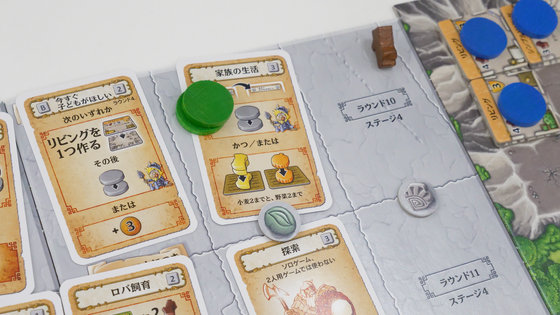
Therefore, with the effect of 'family life', we will plant crops such as wheat and vegetables in the fields to secure more food.
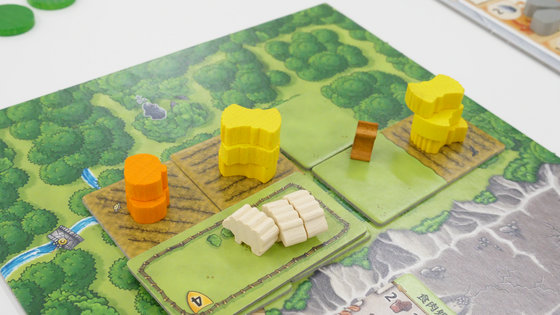
The self-sufficiency system is already rock solid with the 'kitchen' room where you can convert a set of wheat and vegetables into five food items.
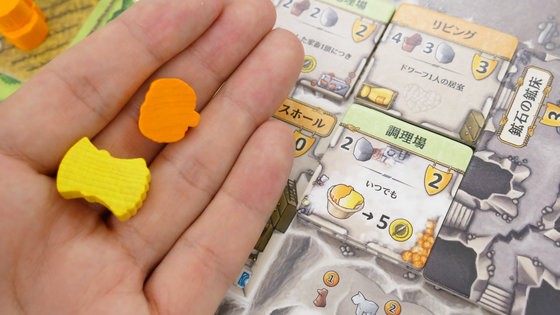
No matter how many children you have, you will be able to collect food at a level where you will not be in trouble with food.
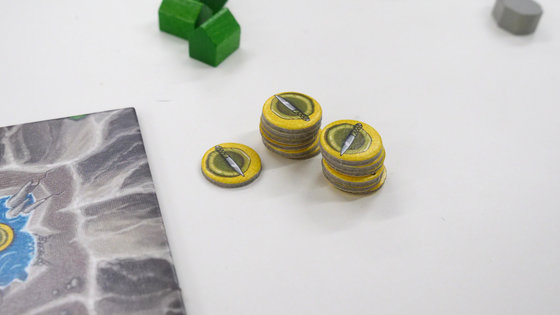
At the end of the round, there is a harvest phase, where the crops are harvested, the food is paid, and the animals are bred. Harvest the crops growing in the field one by one, pay for the number of dwarves, and increase the number of animals with two or more.
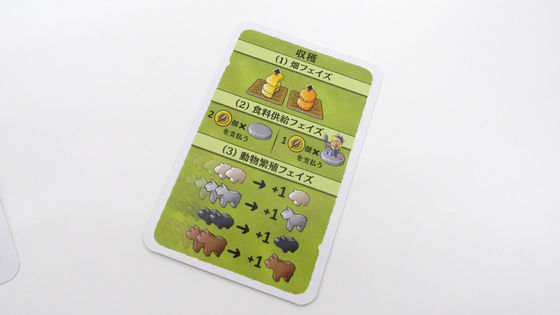
However, from the 6th round, the processing will change depending on the back side of the placed harvest token. If it is turned over and it is green, the harvest phase will be performed as usual, but if it is red ...
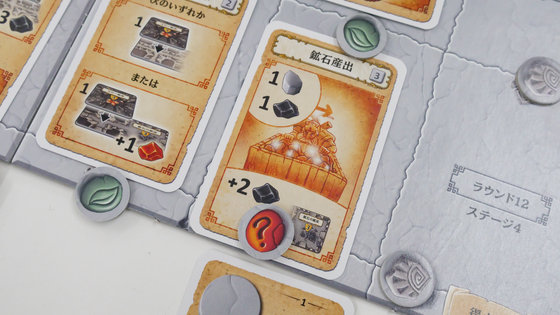
It will be processed differently than usual. For example, in the following cases, the harvest phase will not be performed at all. You don't have to pay for dwarves without the harvest phase, but you don't have more crops or livestock to feed on.
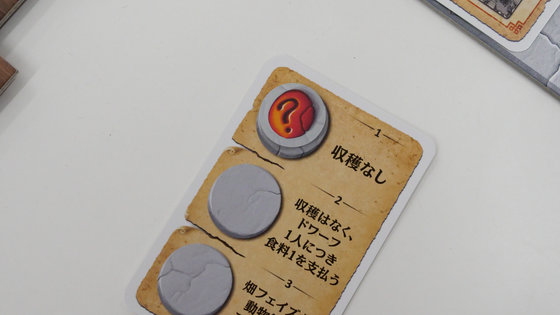
With that kind of feeling, we will continue to advance the round ...
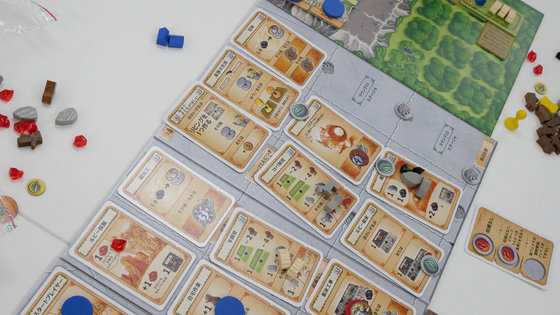
The game ends when the 12 rounds are over. This time, I cultivated all the forests and caves for the time being, and tried to play in the direction of stable food supply with crops and livestock. As a result, I couldn't make a lot of rooms because I was too busy to secure food sources, but I was able to steadily develop the site while managing to the end.
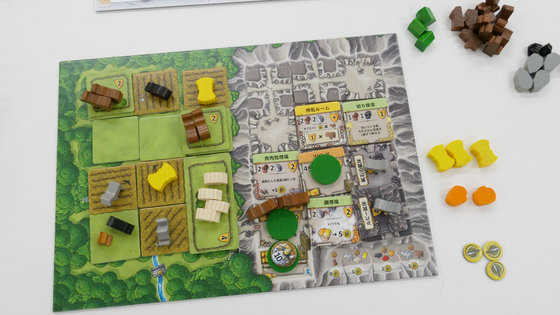
The player's score is calculated based on the number of livestock, the number of crops, the number of rooms, the number of rubies, and so on. The score calculation process is a little complicated, and the items are calculated in order while looking at the items written in the memo. The number of dwarves, dogs, livestock, wheat, vegetables, and rubies will be added, but materials such as wood and food will not be scored as they are, so make a room where you can convert the score or use it well in the final turn. The score will be higher if you keep it in good operation.

The player board of the player who was in 1st place looks like this. In addition to having many dogs that can raise sheep, you can get a high score by collecting a large amount of ore and converting it into points.
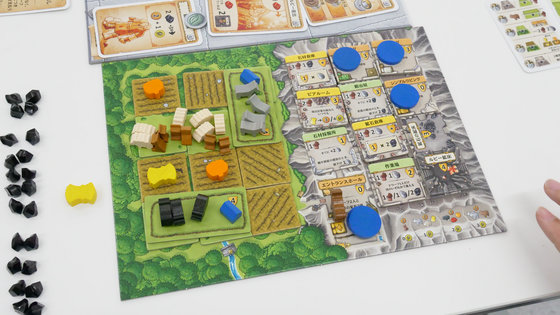
One play of 'Kaverna: Farmers in the Cave' is the number of people x 30 minutes, and it was supposed to be about 2 hours if it was a 4-player play. However, it took a tremendous amount of time to understand the rules, each action card, and the 'search' process, so the first play time was a whopping 4 hours. However, in the second play, as I got used to the rules, it was about 2 hours and 20 minutes, which was close to the expected play time.
The general procedure for the game is simple, but it took a lot of time to grasp the details of the rules, and the rule manuals went back and forth on the table many times. Therefore, the impression that it is not very suitable for beginners who are not accustomed to board games. Also, when playing for the first time, it is necessary for all players to read the rule manual in advance and devise ways to reduce the time for grasping the rules as much as possible.
However, the feature of this game is that you can expand the caves and forests as you wish. Of course, winning or losing by points is important, but which way you want to go, such as 'Let's dig a lot of caves this time', 'I want to run a rich ranch and farm anyway', 'I want to desperately collect rubies with a large family' The part of whether it can be realized is also important. Even if I lost the score, it was attractive that I could get a big sense of accomplishment by enriching the player board.
Kaverna: Cave farmers are available on Amazon.co.jp and can be purchased for 10,500 yen including tax at the time of writing the article.
Amazon | Cavellna: Cave Farmers Japanese Version | Board Games | Toys

Related Posts:







